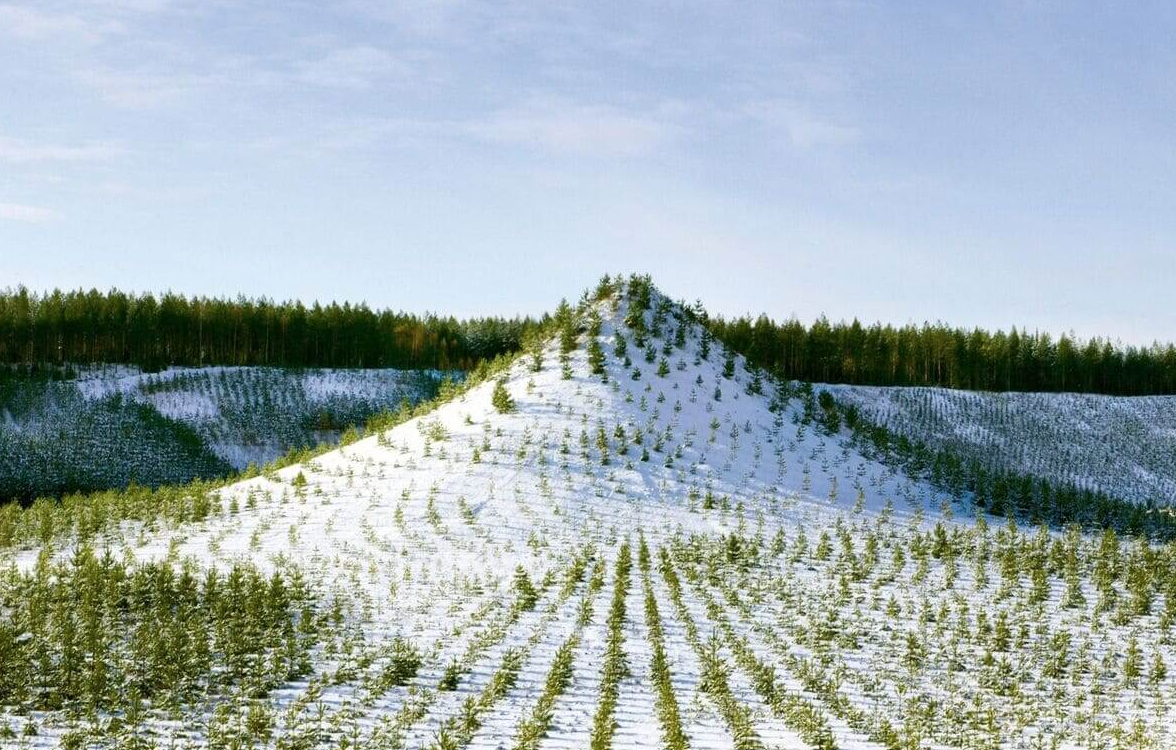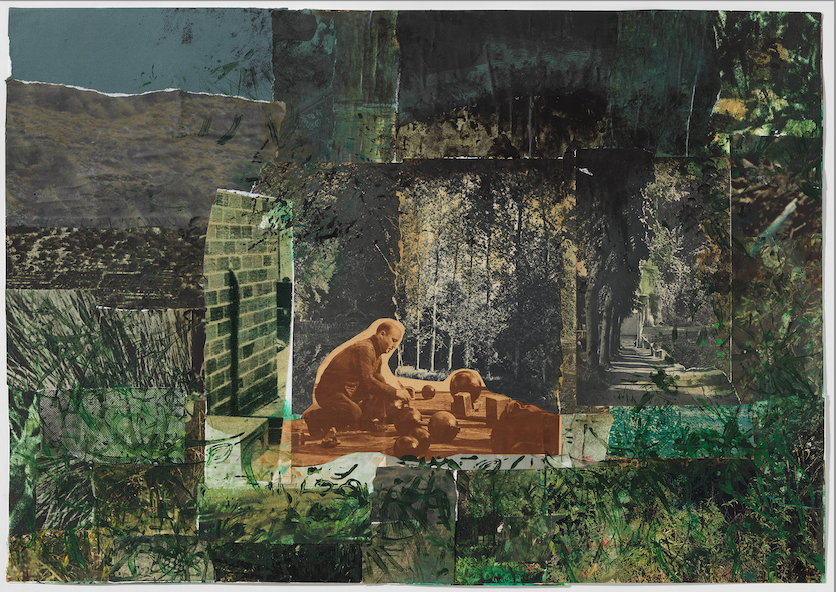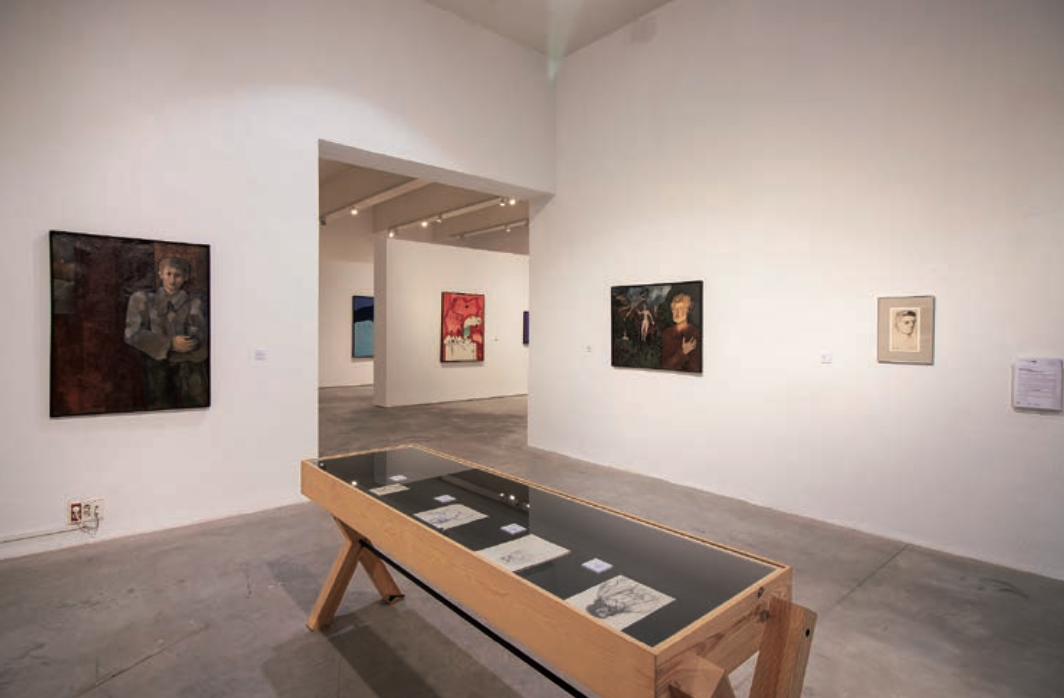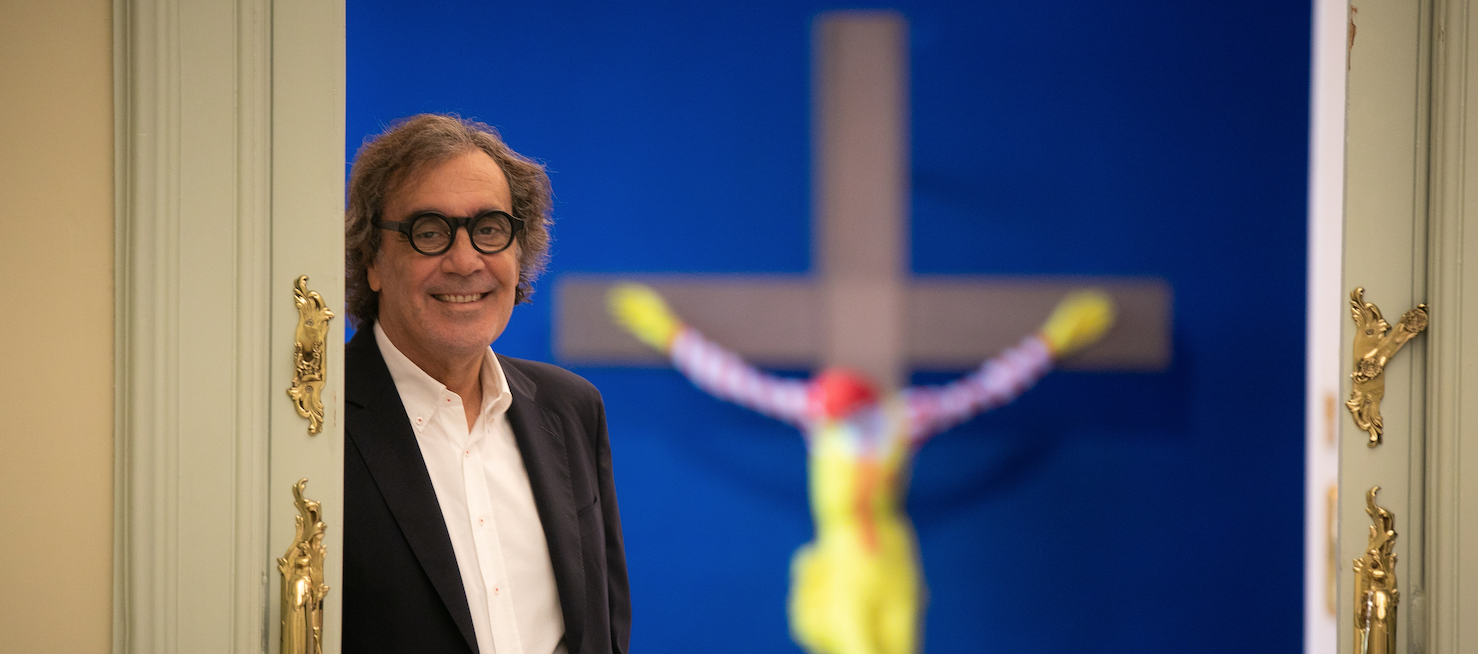opinion
Restorative aesthetics
The connection between art and ecology, present since the origins of humanity, has been consolidated since the 1960s with artists such as Patricia Johanson and Agnes Denes creating works that combine ecological awareness and environmental restoration

The link between art and ecology goes back to the origins of humanity. Think, for example, of the cave paintings of the Aranya de Bicorp caves, in the Valencian Country, where pigments obtained from manganese or iron oxide, mixed with resins of plant origin or animal fats, gave rise to scenes like that of a honey collector with a basket on her back and bees fluttering around her.
However, if we take as a point of departure for this nexus the beginning of ecological movements, especially since the publication, in 1962, of Rachel Carson's emblematic work Silent Spring, we will immediately realize that artists began almost in parallel to experimenting with artistic practices linked to an ecological awareness.
Since then many have developed projects that went beyond the purely aesthetic dimensions, looking for more tangible impacts, developing their works in polluted or degraded environments. There are, in fact, many pioneers who have been doing work since the sixties that can be classified as recovery aesthetics or restorative aesthetics.
This is the case of Patricia Johanson, whose Fair Park Lagoon (1981), made in Dallas, Texas, rehabilitated a lagoon that was in a very deteriorated state, rebuilding its endemic ecosystem, controlling the erosion of the edges and creating a series of paths and bridges for the public. Plants, fish, turtles and birds repopulated the area through a series of sculptures inspired by natural elements.
Another great example is Agnes Denes, whose Tree Mountain – A Living Time Capsule – 11,000 Trees, 11,000 People, 400 Years (1992-2013), made in Finland, consisted of the creation of an artificial mountain from the planting of 11,000 trees by 11,000 people, who were also in charge and who would in turn inherit the twenty generations that succeeded them. I recently had the opportunity to see the evolution of the project in Pinsiö, as well as another of the iconic works in terms of the subject at hand, located a few meters from the previous one: Up and Under (1987- 98), by Nancy Holt. The legacy of this artist can be visited these days in the rigorous retrospective dedicated to her by the MACBA, Barcelona Museum of Contemporary Art, curated by Teresa Grandas, and which includes a wide selection of projects carried out by the artist between 1966 and 1992.
Fortunately, today there are hundreds of artists who have followed this trail, from the same purposeful and pragmatic angle, appealing to the capacity of artistic practices to open new frameworks of restitution.









